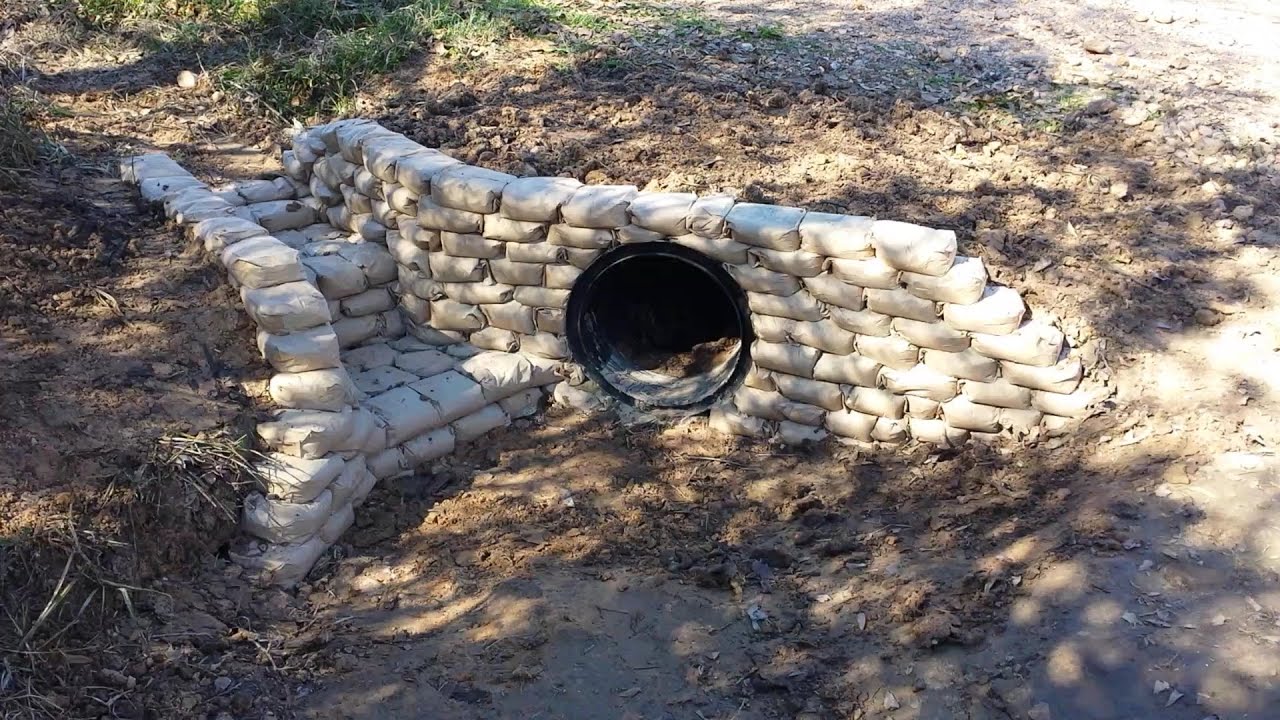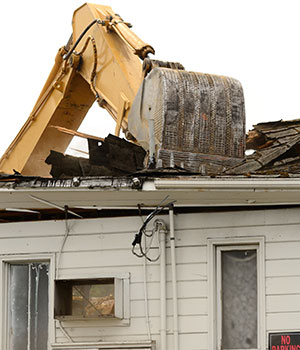
DSM Demolition is a British company that specializes in demolition. It offers decommissioning and remediation services for utilities and government agencies. It offers a range of services that include demolition, bulk excavation, offshore decommissioning and high-rise surveying.
Since 1987, the company has been in existence. DSM Demolition was started in 1987. Since then, it has been a leading provider of industrial services in the UK. It provides a turnkey service that is fully integrated and offers the best in technology and environmental friendly solutions. Eque2 software was used by the company for its construction project management. It is capable of storing all relevant information in one database that is easy-to-access. In addition, the software has also helped DSM achieve significant time savings compared to its previous systems.
DSM has been a pioneer in the efficient use of resources. This is no surprise given its wide range of clients. DSM's core competencies include asbestos removal, demolition by explosives, land reclamation and management of waste disposal. DSM has won many notable projects including the redevelopment in London of the Docklands. The company recently obtained a contract to remove a tower block from London. The company's impressive credentials are supported by 148 employees.
DSM Demolition, which was founded in 1987, has established a niche as a specialist for demolition, remediation or recycling of materials. It is an example of why construction technology is hot right now, as it has many unique tools and technologies. In fact, in the ten years that DSM has been in business, it has built an impressive portfolio of projects, which is evident from the array of awards it has won. This includes the National Construction Awards which honor excellence in the UK construction industry.

It is also a major participant in the UK's rapidly growing brownfields sector. It has purchased and renovated dozens of sites over the past two decades, which it then sells to developers as "clean" sites. It has grown to be the 'go to' company for many large and small clients, including blue chip companies as well as mid-sized ones. It also has a flair for finding the most innovative construction technologies. This is what led to the acquisition of a variety of top-of the line equipment.
FAQ
How do I choose a good contractor?
When choosing a contractor, ask friends and family members for recommendations. Look online reviews as well. Look online for reviews to ensure the contractor you choose is experienced in the construction area you are interested. Check out references and ask for them to provide you with some.
How many times should I change my furnace's filter?
This depends on how often your family will use their home heating system. It is worth changing your filter more often if you intend to spend a lot of time outside during winter months. If you're not often out of your home, however, you may be more able to wait for the filter to change.
A typical furnace filter lasts approximately three months. This means that your furnace filters should be changed every three to four months.
Check the manufacturer's guidelines for when you should change your filter. While some manufacturers recommend replacing your filter once per heating season, others recommend waiting until there is visible dirt buildup.
What should I do first in a house renovation?
You must first clear out the clutter outside and inside your home. Next, you need to remove any moldy areas, replace damaged walls, repair leaky pipes, and repaint the entire interior. Next, clean the exterior surfaces and paint.
Statistics
- They'll usually lend up to 90% of your home's "as-completed" value, but no more than $424,100 in most locales or $636,150 in high-cost areas. (kiplinger.com)
- A final payment of, say, 5% to 10% will be due when the space is livable and usable (your contract probably will say "substantial completion"). (kiplinger.com)
- Most lenders will lend you up to 75% or 80% of the appraised value of your home, but some will go higher. (kiplinger.com)
- On jumbo loans of more than $636,150, you'll be able to borrow up to 80% of the home's completed value. (kiplinger.com)
- Rather, allot 10% to 15% for a contingency fund to pay for unexpected construction issues. (kiplinger.com)
External Links
How To
How do I plan a whole-house remodel?
Planning a whole house remodel requires careful planning and research. Before you start your project, here are some things to keep in mind. First, you must decide what type of home improvement you want. You can choose from a variety of categories, such as kitchen or bathroom, bedroom, living space, or living room. Once you know which category you would like to work on, you'll need to figure out how much money you have available to spend on your project. If you have never worked on homes, it is best to budget at most $5,000 per room. If you have more experience, you might be able spend less.
Once you've determined the amount of money you can spend, you need to decide how large a job you want. If your budget only allows for a small renovation of your kitchen, you will be unable to paint the walls, replace the flooring or install countertops. However, if enough money is available to complete a kitchen renovation, you should be able handle most things.
The next step is to find a contractor who specializes in the type of project you want to take on. This will guarantee quality results, and it will save you time later. Once you have found a reliable contractor, it is time to start gathering supplies and materials. You might need to make everything from scratch depending upon the size of your project. However, it is possible to find everything you need in a variety of shops that sell premade items.
Now it's time for you to start planning. You will first need to sketch out an outline of the areas you plan to place appliances and furniture. The next step is to design the layout of the rooms. You should leave enough space for electrical outlets and plumbing. You should also place the most frequently used areas closest to the front door, so visitors have easy access. Final touches to your design include choosing the right colors and finishes. In order to avoid spending too much money, stick to neutral tones and simple designs.
Now it's time to build! It's important that you check the codes in your area before you start construction. Some cities require permits. Other cities allow homeowners without permits. First, remove all walls and floors. The next step is to lay plywood sheets on your new flooring. Then, you'll nail or screw together pieces of wood to form the frame for your cabinets. Finally, attach doors and windows.
There will be some finishing touches after you are done. Covering exposed pipes and wires is one example. Plastic sheeting and tape are used to cover exposed wires. Also, you will need to hang mirrors or pictures. Make sure to keep your work area neat and tidy.
These steps will ensure that you have a beautiful and functional home, which will save you tons of money. Now that you are familiar with how to plan a whole home remodel project, it is time to get started.